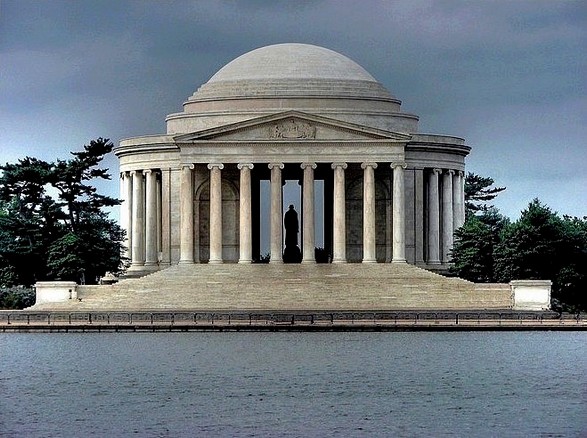|
|
LITR 4231
Early American Literature 2012 research post 1 |
|
Christina English
March 27,2012
The
Marginalization of Women in Early American Literature
What is the situation of
women writers in the sixteenth and seventeenth century? This is a question that
I have pondered many times in my literature studies. I have read multiple books
and novels written by men, but very few from women. It really strikes my
curiosity to figure out why women were so marginalized in earlier centuries.
According to Rosemary Fithian Guruswamy, “Several
modern theoretical schools have facilitated interdisciplinary research that has
increased our ability to capture a more distinct picture of the full situation
of women writers in the sixteenth and seventeenth centuries”(103). Women artists
and others on the margins of the publishing industry participated in a double
transgression to get their voices heard in a system which marginalized and
prevented them to transgress by writing literature.
Scholars have recently tried to publish women’s’
letters and journals as pieces of literature rather than the secondary category
they have been placed in due to prejudice. Theresa Gaul expresses that the
availability of women’s texts largely determines what is read and taught in
classrooms. ”The
letters of famous
and heretofore little-known
women--Abigail Adams, Harriett Gold Boudinot
and her four sisters, Sarah Gary, Elizabeth
Farmar, Marie Madeleine Hachard, Anne Hulton, Esther de Berdt Reed, Mary
Telfair,
and Mercy Otis Warren--are now available in
scholarly print editions. The new accessibility of these letters underlines the
importance of generating frameworks for reading
and interpreting them” (Gaul, 262). The
letters challenge scholars to rewrite histories of the period and women’s lives
within it.
In her article,
The Importance of Women to Early American
Study, A Social Justice, Lisa M. Logan discusses individuals of our
generation as being “over” the study of early American women. She explains that
she interprets the word gender to also mean women. “Far
from a mere intellectual exercise, feminist early American studies are also the
practice of social justice, a movement out of which feminism grew. Without a
social justice consciousness and practice, our work loses the resonance of a
project that demands and makes change in the academy and in the world. We risk
relegating to silence (again) the voices of individual women, whose stories, as
Audre Lorde writes, cry out to be heard” (Logan,642).
By referring to the study of early American writers as a
social justice project, the study of women is not an essentialist project;
rather feminist scholars can and do historicize and contextualize the material
realities of actual women.For these reasons, “Feminism cannot be 'liberated'
from women. Women are the first subject of feminism, and, as long as we continue
to live in patriarchy and study texts written in it, the different lived
experiences of women who matriculate in patriarchy
in their bodies matter (Logan,643).The emergence of
women writers, the expansion of female education and the growth of a women’s
literary market are all interconnected expressions of feminism. Women writers
became part of the literary scene but always as representatives of their gender
rather than as individuals.
Works Cited
Balkun, Mary McAleer. "Introduction:
Early American Women Writers: The Gendering of National Identity."
Women. 28.1 (1998): 1. Print.
Gaul, Theresea Strouth. "Recovering
Recovery: Early American Women and Legacy's
Future." Legacy.
26.2 (2010): 262. Print.
Guruswamy, Rosemary Fithian. "Queer
Theory and Publication Anxiety: The Case of the
Early American Woman Writer.". 34University of North
Carolina Press, 1999. 103-112. Print.
Logan, Lisa M. "The Importance of
Women to early American Study." a Social Justice
Perspective. 44.3 641. Print.
|
|
|
|


